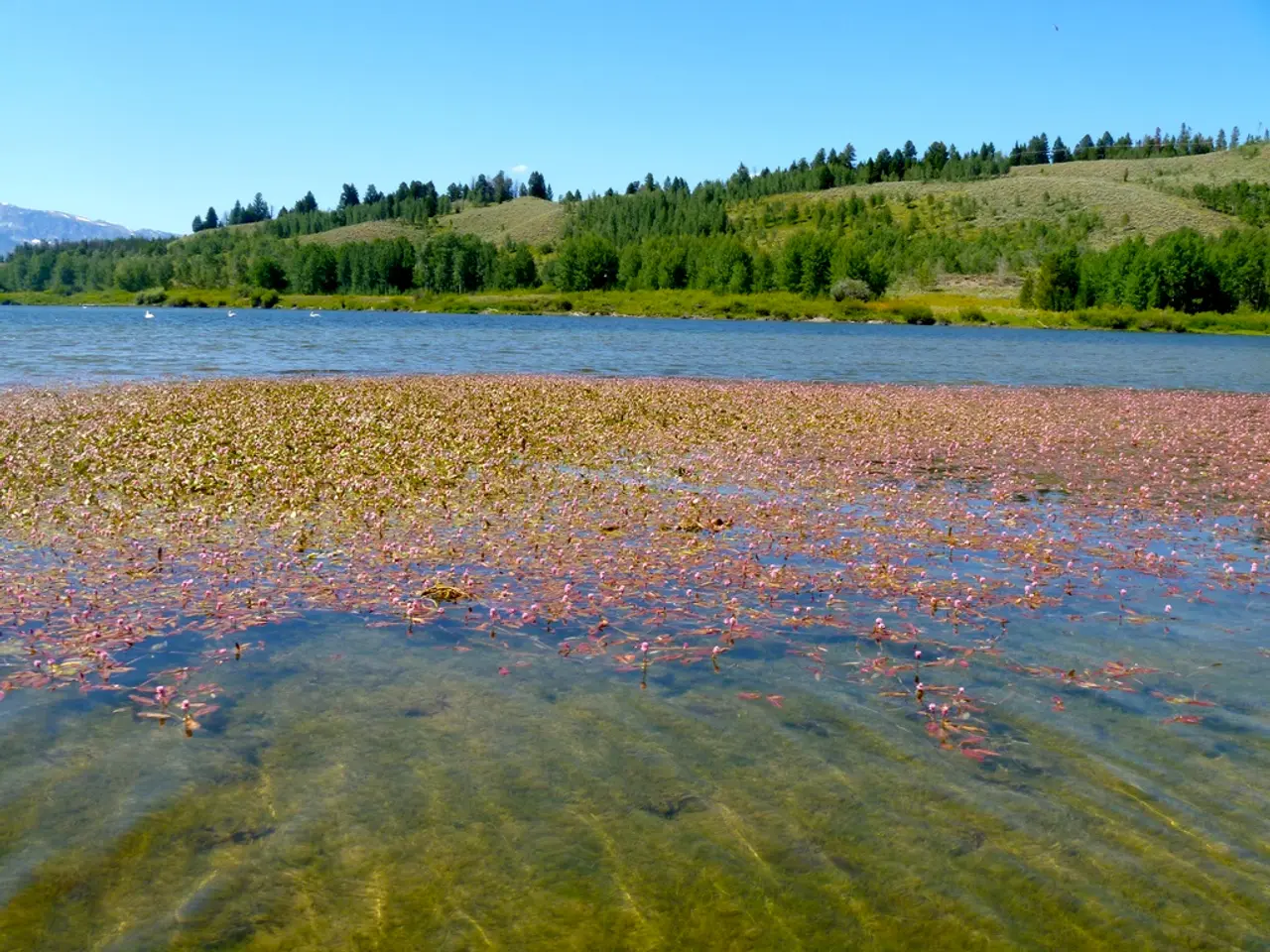Everglades Restoration: A Race Against Habitat Loss, Pollution, and Climate Change
The Everglades, a sprawling Florida wetland teeming with diverse wildlife and plant species, faces numerous threats. Habitat loss, water pollution, and climate change jeopardize its future. Despite these challenges, restoration efforts are underway, led by the South Florida Water Management District (SFWMD).
The Everglades' restoration is a complex task requiring strong legislative support. Laws like the Clean Water Act form the backbone of regulatory efforts. Protecting biodiversity is central, with conservation programs safeguarding endangered species and managing invasive ones. Water management is crucial, with projects like the Kissimmee River Restoration aiming to restore natural water flow.
Climate change poses a significant long-term threat, affecting the Everglades' delicate water balance and habitat viability. The Comprehensive Everglades Restoration Plan (CERP) is a key initiative addressing these challenges. Both federal and state governments, alongside private organizations, play crucial roles in funding restoration efforts. Community involvement and public awareness are vital, with local communities and environmental groups collaborating for protection and restoration.
The Everglades' future hangs in the balance, but restoration efforts offer hope. Coordinated by the SFWMD, these efforts require substantial financial investment, strong legislation, and community involvement. Success hinges on addressing habitat loss, water pollution, and climate change, ensuring this crucial environmental asset endures for future generations.








